The Legend of Kedarnath Temple: A Story of Devotion and Salvation
By Lokanath Mishra

The Kedarnath Temple, situated at an altitude of 3,583 meters, is a revered Hindu shrine dedicated to Lord Shiva. While the exact date of its construction is unknown, the temple’s history is intertwined with the epic Mahabharata and the legend of the Pandavas.
The Story of the Pandavas
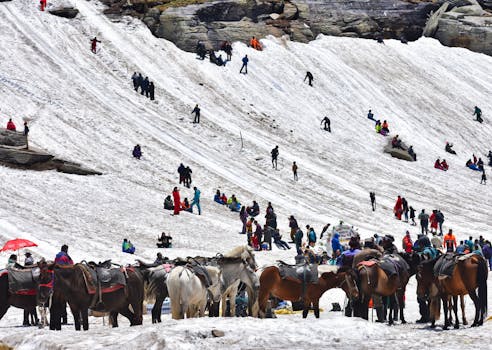
According to folklore, the Pandavas, after winning the Kurukshetra war, sought to atone for their sins. They left their kingdom in search of Lord Shiva, who assumed the form of a bull to evade them. Bhima, one of the Pandava brothers, recognized Shiva in the bull and attempted to catch him. However, Shiva disappeared into the ground, reappearing in parts at five different locations, now known as Panch Kedar.
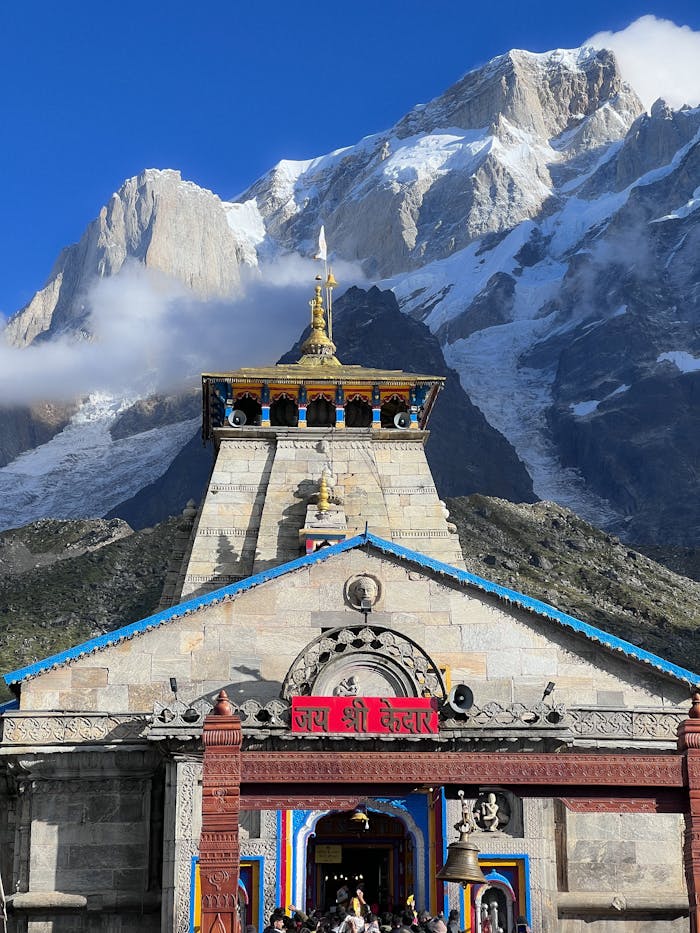
The Panch Kedar Temples
The five temples, built by the Pandavas, are:
- Kedarnath (hump)
- Tungnath (arms)
- Rudranath (face)
- Madhyamaheshwar (navel and stomach)
- Kalpeshwar (hair)
The Significance of Kedarnath
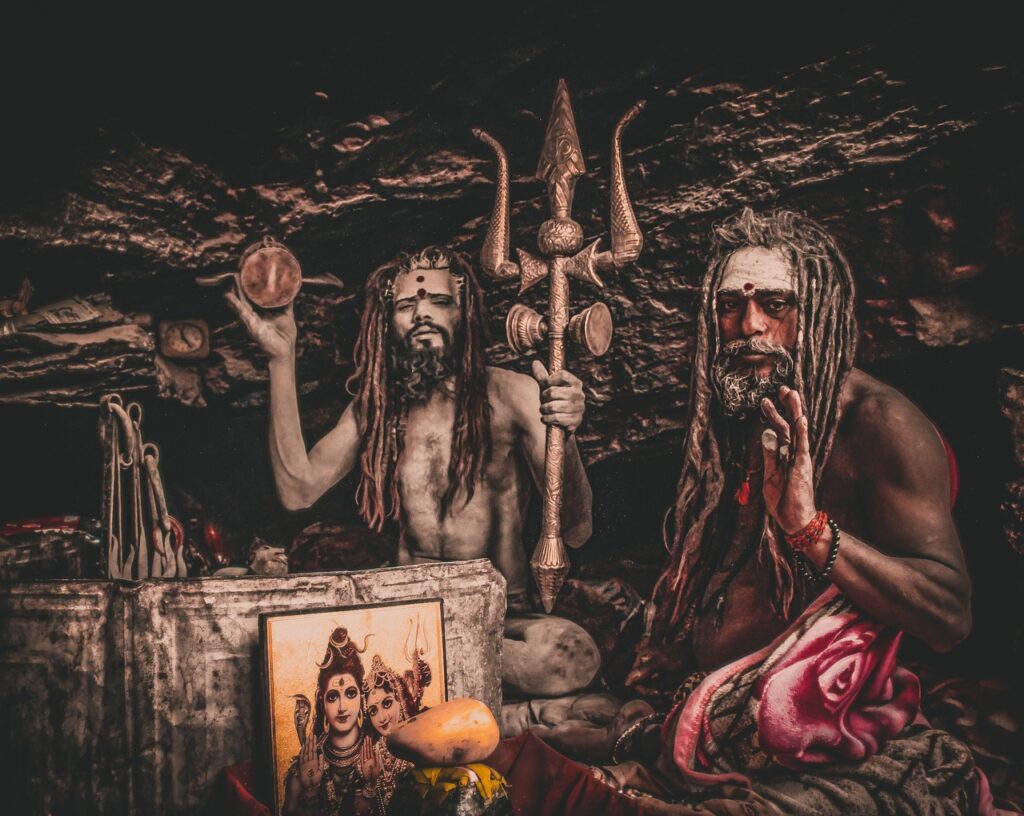
The Kedarnath Temple is not only a place of worship but also a symbol of spiritual growth and salvation. Devotees believe that visiting the Panch Kedar Temples and then Badrinath Temple is essential for seeking blessings and affirming their spiritual journey.
The History of the Temple
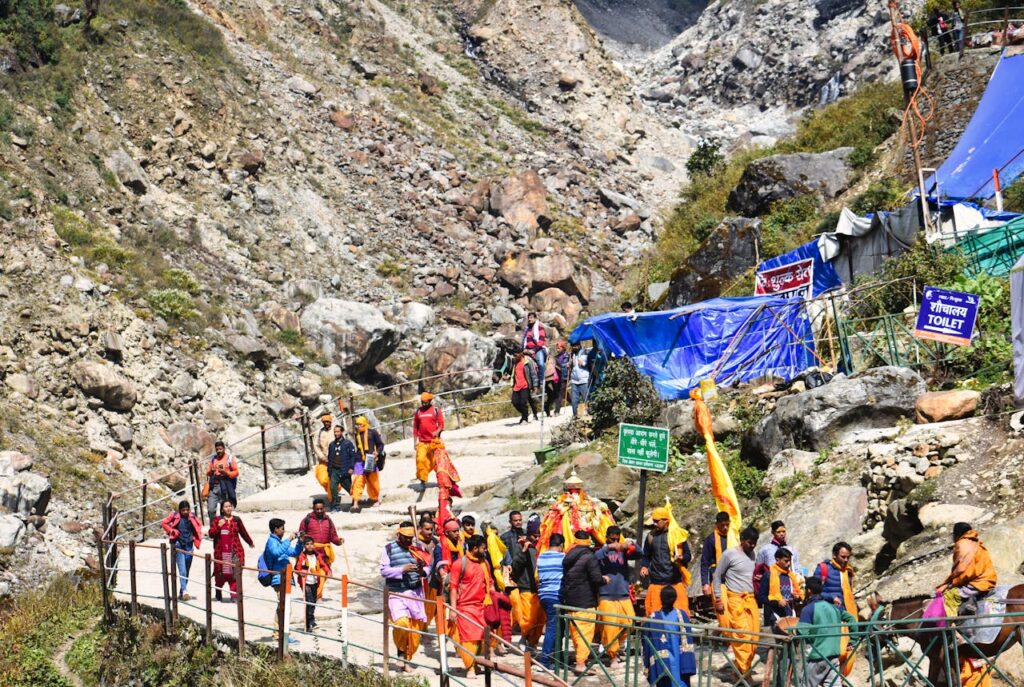
While the Mahabharata does not mention Kedarnath specifically, the Skanda Purana (7th-8th century) references Kedara (Kedarnath) as a sacred site. Adi Shankara, the 8th-century philosopher, is believed to have revived the temple and attained Mahasamadhi nearby.
The Priests and Worship
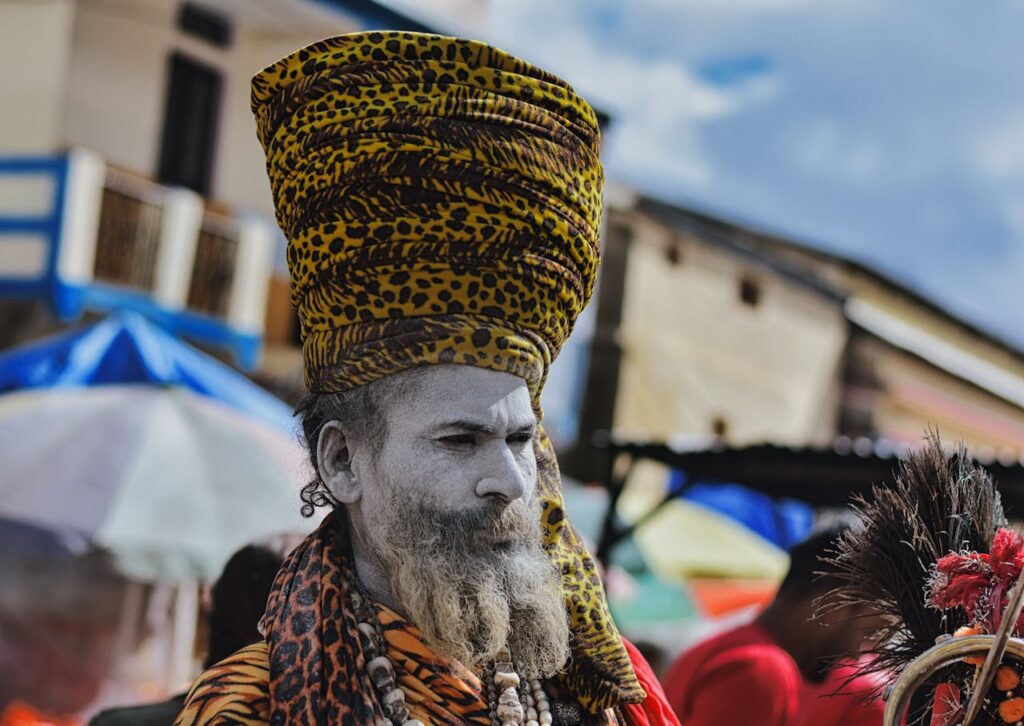
The Kedarnath Teerth Purohits, ancient Brahmins, have been worshiping the lingam since the time of Nara-Narayana and Daksh Prajapati. The Rawals (priests of the Jangam community) and local Jamloki Brahmins perform puja, while the Tirtha Purohit Brahmins conduct rituals on behalf of pilgrims.
The Kedarnath Temple’s rich history, mythology, and spiritual significance make it a revered destination for millions of devotees, seeking blessings, peace, and salvation.
The Kedarnath Temple: A Sacred Abode of Lord Shiva

Nestled in the majestic Garhwal Himalayan range, near the serene Mandakini river, lies the revered Kedarnath Temple, one of the twelve Jyotirlingas of Lord Shiva. Located in the state of Uttarakhand, India, this ancient temple is a beacon of spirituality, attracting devotees from far and wide.
A Seasonal Pilgrimage
Due to the extreme weather conditions in the region, the Kedarnath Temple is open to the general public only between April (Akshaya Tritiya) and November (Kartik Purnima). During the harsh winter months, the deity is carefully carried down to Ukhimath, where it is worshiped for the next six months. This unique tradition highlights the temple’s adaptability to the challenging Himalayan climate.
The Lord of Kedarkhand

Kedarnath is revered as a homogeneous form of Lord Shiva, known as the ‘Lord of Kedarkhand’, the historical name of the region. The temple’s spiritual significance is deeply rooted in its association with Lord Shiva, who is worshiped as the destroyer and regenerator of the universe.
A Journey of Devotion
The Kedarnath Temple is more than just a place of worship; it’s a journey of devotion, self-discovery, and spiritual growth. Devotees undertake the challenging trek to the temple, seeking blessings, peace, and spiritual enlightenment. The temple’s serene atmosphere, coupled with the breathtaking natural beauty of the Himalayas, provides an ideal setting for introspection and spiritual rejuvenation.
Conclusion
The Kedarnath Temple is a testament to the enduring power of spirituality and devotion. As one of the twelve Jyotirlingas, it holds a special place in the hearts of millions of devotees. Whether you’re a spiritual seeker, a nature lover, or simply someone drawn to the majesty of the Himalayas, the Kedarnath Temple is a destination that will leave you in awe of the divine and the natural world.
